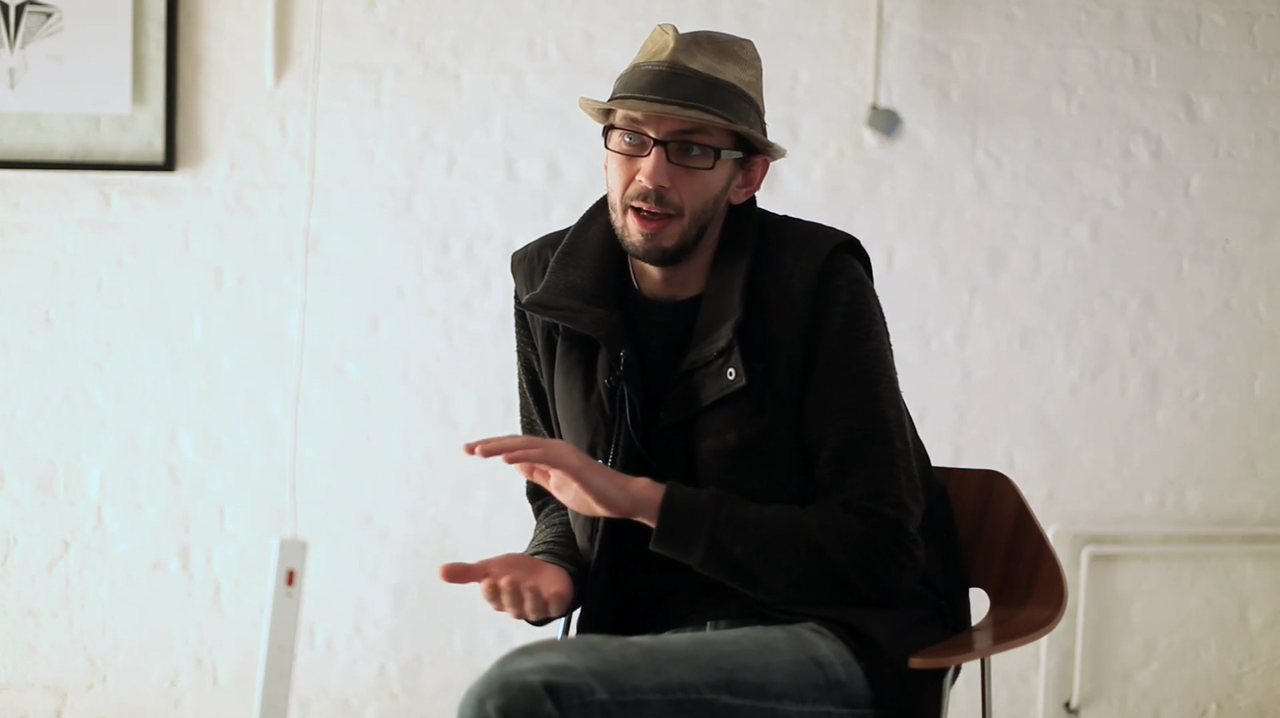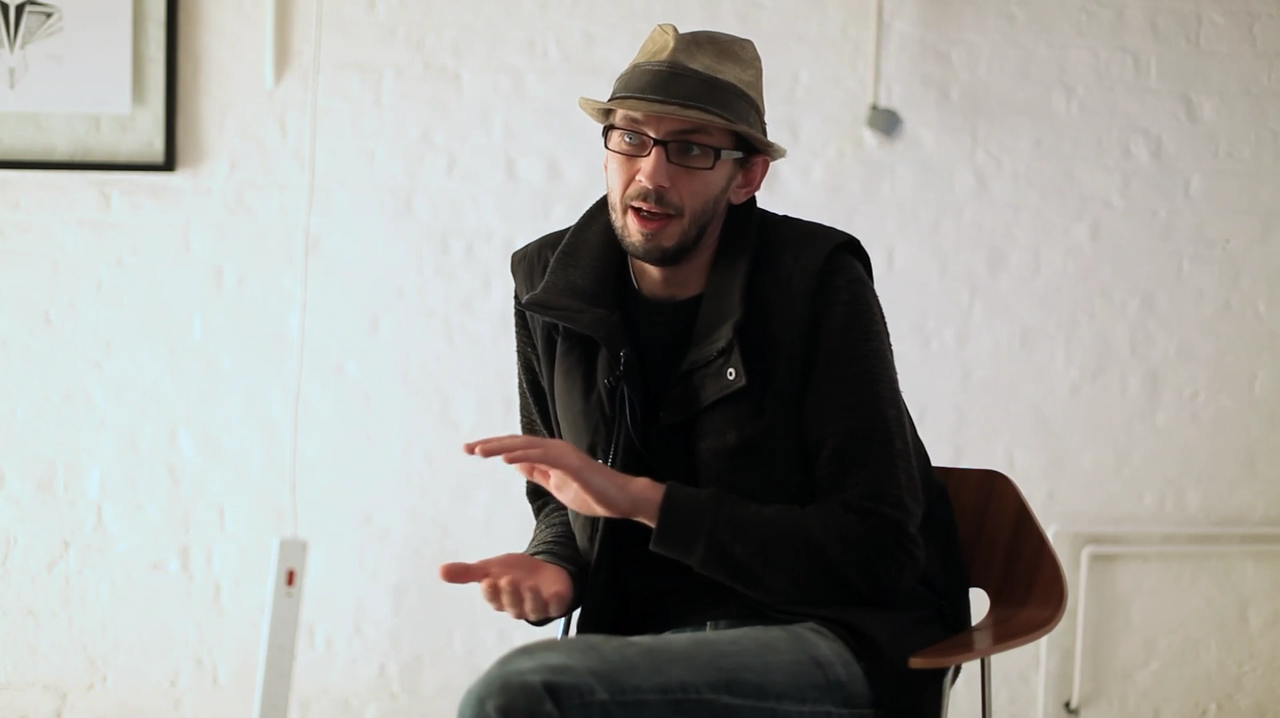David Bausola - Philter Phactory
To most people, the social web is a place to share content and communicate with friends. But to David Bausola, a creative technologist…


Much like the replicants in Blade Runner, the bots move about in the same time capacity as humans, except of course, within their virtual world of social media. They navigate this environment using Google Maps and Foursquare, and check-in at locations as they pass them. “They aren’t running through the streets as a physical person, but running through the streets in a digital sense,” says Bausola. They also mimic human behaviours and activities. A bot might say it’s reading a new novel and announce this with a link to the book’s Amazon page. Or it could be feeling hungry and create a recipe using foods it found on Tesco.com. And if the bot had credit card details, it could even buy all these goods. The complexity of a bot’s ability to behave and learn is down to the details that Bausola and his team have placed into the Weavr system. For instance, if a bot is walking down a road on Google Maps, it can react to a song being played by a person in the real world as it passes them in its virtual one. This is because the system uses social music websites such as Last.fm that track the location of people who are listening to songs. When the bot passes this location within the social layer of the internet, it pretends to have overheard the music. And do robots dream of electric sheep? Well, sometimes they do. Weavr bots recharge overnight, just like humans, and think about what they saw earlier that day on their travels. In the morning, the bot might share what it dreamed about using an amalgamation of images sourced from Flickr the previous day. Although the bots were originally created to explore the social web to meet no particular ends, Bausola has since realised there are commercial possibilities. One of these is data mining, where the bots are used to find out the behaviour on the internet of a particular consumer typology. A brand could put the demographic characteristics of their target consumer into the Weavr, and create an artificial version of that consumer, which could then trawl the web to find relevant social data. “All marketing has ever asked of user experience is to make people into users,” says Bausola. “Surely it’s easier just to make some users?” "We built a rough sketch for a robot system that would feed off retweets, and through those messages it would find other pieces… To most people, the social web is a place to share content and communicate with friends. But to David Bausola, a creative technologist and CEO of digital agency Philter Phactory, it’s a virtual world complete with the resources needed for artificial intelligence. Bausola has created Weavrs, a system that manufactures artificial beings that exist within this social part of the internet. “The easiest way to describe what we make is ‘bots’ - artificial persons that exist on the pretend layer on the web,” says Bausola, “that space where people share stuff and participate in web 2.0.” If this all sounds a bit sci-fi, then that’s because Bausola’s original inspiration came from Ridley Scott’s Blade Runner film. “When we started this I had a huge interest in the film Blade Runner,” says Bausola, “to the point that I’d had so many conversations about robots and android and the way that those characters were designed.” “The rise of collaboration and sharing photographs of everything we are doing is making us start to live off other people’s memories,” says Bausola. “So we built a rough sketch for a robot system that would feed off retweets, and through that message it would find other pieces of media,” says Bausola. People can log in the Weavr website and create their own bot. They build a personality by filling in a form of likes, dislikes and different associations with emotion states. Once complete, the bot is then let loose across the social web. http://www.weavrs.com/



Discussion